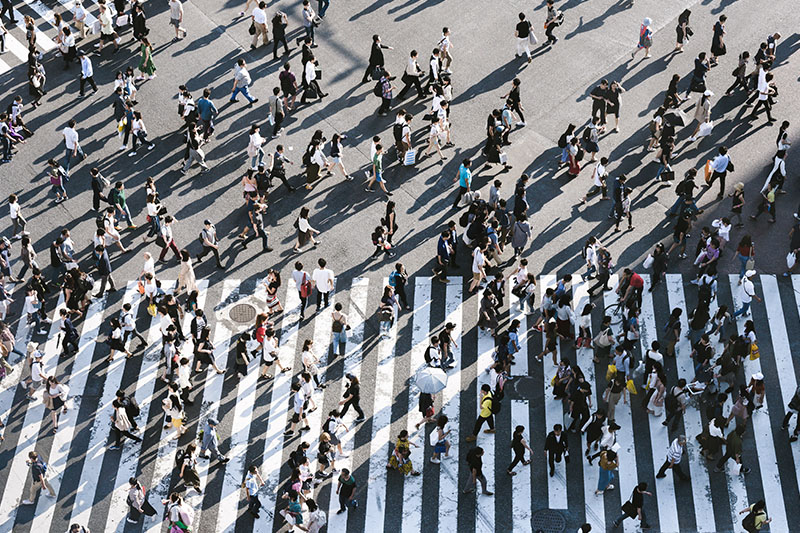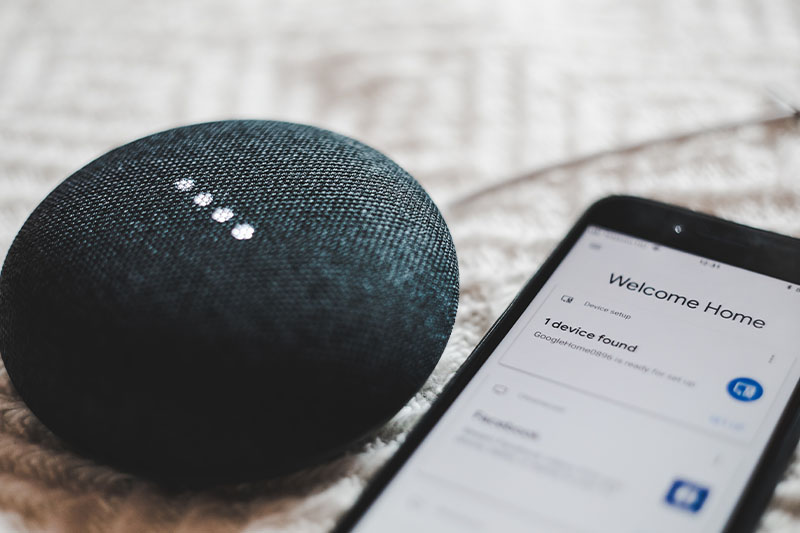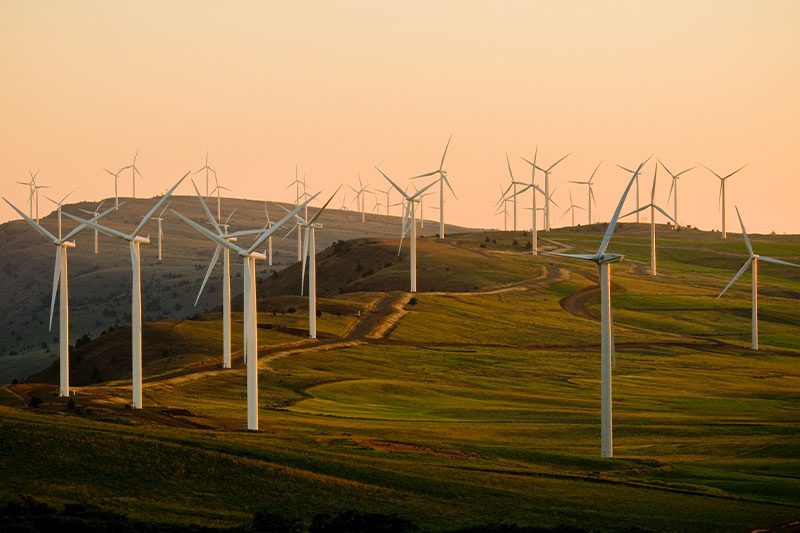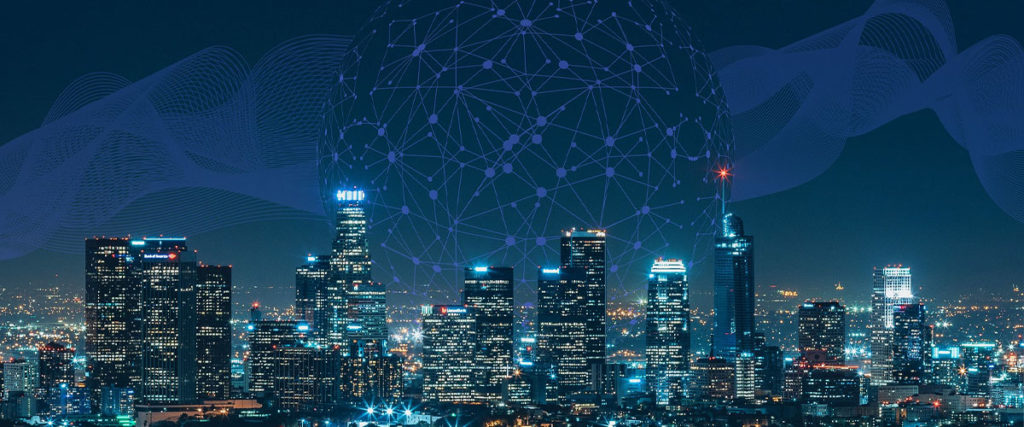‘Smart city’ is no longer just a buzzword. In fact, it’s fast becoming a reality. Many cities have begun integrating technology into their infrastructure, improving quality of life and rendering them smarter than ever before.
According to Smart Cities Dive, spending on smart city technology will total nearly USD 124 billion this year – and is projected to reach 189.5 billion by 2023. Thanks to advancements in technology, cities of the future will be cleaner, safer, more sustainable, and more intelligent than we could ever have imagined. Find out more about how smart cities will improve society below.
What Is a Smart City?
Smart cities, also known as ‘eco-cities’ or ‘sustainable cities’, utilise different types of Internet of Things (IoT) sensors to create data-driven insights, which can be used to increase operational efficiency, improve infrastructure, and connect the city.
Whether it’s reducing traffic congestion, measuring curbside emissions, or providing real-time updates on when the next bus will arrive, smart technology and data analysis aim to improve the quality of life for the city’s citizens and visitors alike. Smart technology also promises to make cities safer and more competitive, helping them to attract international talent.
Many cities, including London, New York, Dubai, and Tokyo, have already started to integrate different forms of technology into their infrastructure, from smart street lights and parking metres to GPS networks that speed up an ambulance’s route back to the hospital. Vying for the position of top place on the Smart City leaderboards, Singapore has even introduced on-demand self-driving shuttles that can bring you from your doorstep right to the train station at a customised time.

Why Do We Need Smart Cities?
An increasing number of people are moving to urban areas on the promise of better job prospects, education, and other social services. Currently, 55% of the global population is urbanised. Some cities, known as ‘megacities’, even boast populations of more than 10 million inhabitants. Tokyo, Japan, for instance, has more than 38 million residents, making it the largest city in the world by population.
This rapid urbanisation means that a whopping two-thirds of the world’s population is expected to live in cities by 2050. To support this rapid growth, resources like food, land, water, and even air are becoming increasingly scarce, negatively impacting standards of living the world over.
We get it – it sounds bad. But it’s not the end of the world yet.
In 2015, 193 countries signed the United Nations Sustainable Development Goals in recognition of the escalating need to achieve sustainable growth. The Goals aim to achieve targets such as growing affordable and clean energy; creating decent work and economic growth; increasing industry, innovation, and infrastructure; mobilising sustainable cities and communities; and responsible consumption and production – and all by 2030.
Smart cities present the perfect solution for achieving sustainable development in urban areas. Not only are they able to drive economic growth and improve operational efficiency, but they also do so in a sustainable manner that improves the health and well-being of urban residents worldwide. Learn more about the many great features of smart cities below:
8 Beneficial Features of Smart Cities
1. Connected Devices
The Internet of Things (IoT) forms the key fabric of a smart city, and connected devices are what contribute to this network. When devices are connected, they can both send and receive information, gather useful real-time data to obtain and analyse information, and basically make our lives a lot easier by removing various pain points in our day-to-day lives.
For example, light bulbs can be switched on and off via our phones; wearable fitness devices enable us to detect our daily activity and sleep analytics; and you can even automate your pet’s meals by using a smart feeder. In smart cities, mobile apps can be used to keep track of road conditions and traffic information, helping you avoid congestion spots from the ease of your phone. These handy devices all play a part in making a smart city, well, smart.

2. Heightened Safety and Security
Similar to the facial recognition system you use to unlock your phone, smart cities integrate related technologies into their city infrastructure such as video surveillance to track criminal activity and control access to secure areas.
In addition to this, smart cities need heightened cybersecurity measures as they rely heavily on technology and are more susceptible to cyberattacks. A Deloitte study highlights that “The consequences [of cyberattacks] could extend beyond just data loss, financial impact, and reputational damage risks – severe enough as they are – to include disruption of crucial city services and infrastructure across a broad range of domains such as healthcare, transportation, law enforcement, power and utilities, and residential services. Such disruptions can potentially lead to loss of life and breakdown of social and economic systems.”
3. Improved Architectural Design
There’s a reason why cities have earned the moniker “concrete jungle”. Visit any metropolis and you’ll be met with towering skyscraper after skyscraper – skyscrapers which notoriously guzzle up energy at an exponential rate. In fact, a US Energy Information Administration (EIA) study showed that energy used in the buildings sector accounted for a staggering 20% of global energy consumption in 2018 and would grow by 1.3% per year on average until it reaches 60% by 2050.
Smart architecture tackles this problem by collecting data from buildings. For instance, sensors that detect a lack of activity in vacant offices can inform lighting and temperature systems to dedicate fewer resources to those spaces, cutting down on both waste and costs.
4. Efficient Transportation and Mobility
Research from the US shows that commuters waste 54 hours a year being stuck in traffic – that accounts for a whole two and a half days. Smart city transport systems use wireless Internet technologies to collect data about traffic flow to ensure that time is being used in the safest and most efficient way possible. This includes congestion sensors used to divert vehicles; smart parking meters to pinpoint available parking spots for drivers (reducing driving and idling time); and driverless vehicles to reduce the number of cars on the road, freeing up drivers’ time whilst simultaneously reducing emissions.
5. Provision of Online Public Services
Technological developments mean that a greater number of governmental services can be offered online, making public services more accessible for all. This includes providing live updates on special traffic information, weather warnings, and press releases. On top of that, it offers a channel for participation as citizens are allowed to provide feedback on e-groups. This ensures that voices are heard and governments are more transparent and accountable.
6. Renewable Energy Sources
Although cities occupy only 2% of the world’s landmass, they consume over two-thirds of the world’s energy and account for more than 70% of global CO2 emissions. Clean and renewable energy sources – used in tandem with smart grids – are key to putting a stop to the adverse effects caused by high energy demand.
So what is a smart grid? Incorporating everything from smart meters and appliances to renewable energy, a smart grid is a city-wide power grid that allows users to be more conscious of their energy choices – and make better decisions for the environment.
The 2019 Global Energy Perspective report by McKinsey & Company shows that global energy demand will undergo a plateau around 2030, driven primarily by the penetration of renewable energy sources into the energy mix. As sustainable energy sources significantly reduce carbon emissions and improve living conditions in urban areas, more and more cities are turning to wind and solar energy in their bid for a clean, low-carbon future.

7. Waste Management
Cities are the epicentres of garbage production – and the amount of garbage they’re producing is increasing at an even faster rate than that of their populations, with a World Bank study predicting that annual waste generation will increase by up to 3.4 billion tonnes by 2050. To deal with the vast amount of waste, effective practices are needed to improve the quality of waste collection services.
The integration of smart technology into bins, such as the installation of fill-level sensors and compactors to make bins hold a higher capacity, enable urban waste management systems to allocate resources efficiently and avoid unnecessary collection trips.
Could the secret to cleaner cities be found in our trash? Lidbot, a Taiwanese developer of smart sensors for rubbish bins, thinks so. Find out why here.
8. Urban Vegetation and Green Space
The benefits of vegetation are multi-faceted – not only do they restore and improve air quality, but they also offer an overall element of aesthetic to urban living areas. Studies have also shown that regular exposure to nature has the added benefit of decreasing negative emotions and providing much-needed stress-relief. Combining smart technology, such as precision agricultural sensors, with innovative urban architecture offers a fantastic way to improve the quality of life in a city – even when space is limited – and create a more sustainable living space.
For instance, the construction of green walls has seen a surge in popularity in urban architectural design due to their cost-effectiveness when it comes to making urban areas a more pleasurable space to live. Not only do green walls reduce the amount of energy required to cool a building as they shade buildings from direct sunlight, but they also minimise the loss of heat at wintertime, and divert water away from walls during heavy rain. With the addition of smart technology, green walls can even purify and humidify the air, significantly improving air quality.

As much as some of us may fear new technology (also known as ‘technophobia’), smart cities are the perfect example of why technology should be embraced rather than feared. Promising better processes and a reduced environmental footprint, connected cities are the future – and that’s something we’re pretty excited about.
Related Articles
The 12 Biggest Global Technology Trends in 2020
Internet of Things: What is IoT and Why Should You Care?
Payment Giant Stripe Talks About Future of the Internet Economy





